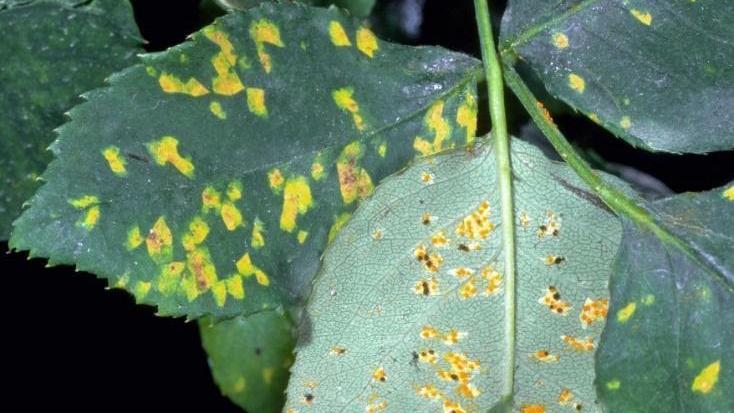Disease – bacteria, fungi, viruses, and phytoplasmas

A plant disease is a malfunction in a plant in response to an infectious agent, known as a pathogen. A plant disease can cause many types of symptoms that can affect a plant's appearance, growth, reproduction, or yield. Three elements must be present for a disease to infect a plant: a host plant, the pathogen, and environmental conditions that are conducive to the pathogen’s growth. If any one of these three elements is absent, the disease will not be successful.
Bacteria
• Microscopic, single-celled organisms with no organized nucleus
• Some are plant pathogens; the vast majority are harmless or beneficial
• Example: Fire blight
Fungi
• Living body is a mycelium made of a web of tiny filaments called hyphae
• Mycelium is usually hidden in the soil, in wood, or another food source
• Fruiting bodies (reproductive portion) may be seen above ground, are commonly called mushrooms
• Responsible for decomposition of organic matter
• Some are plant pathogens; the vast majority are harmless or beneficial
• Examples: Peach leaf curl, rust
Viruses
• Microscopic particles of either DNA or RNA wrapped in a protein coat
• Enter plant cells and multiply by using the plant’s own enzymes to manufacture more virus particles
• Infections are incurable and systemic - the virus occurs throughout the plant
• Example: Mosaic virus
Phytoplasmas
• Unusual group of bacteria that lack cell walls
